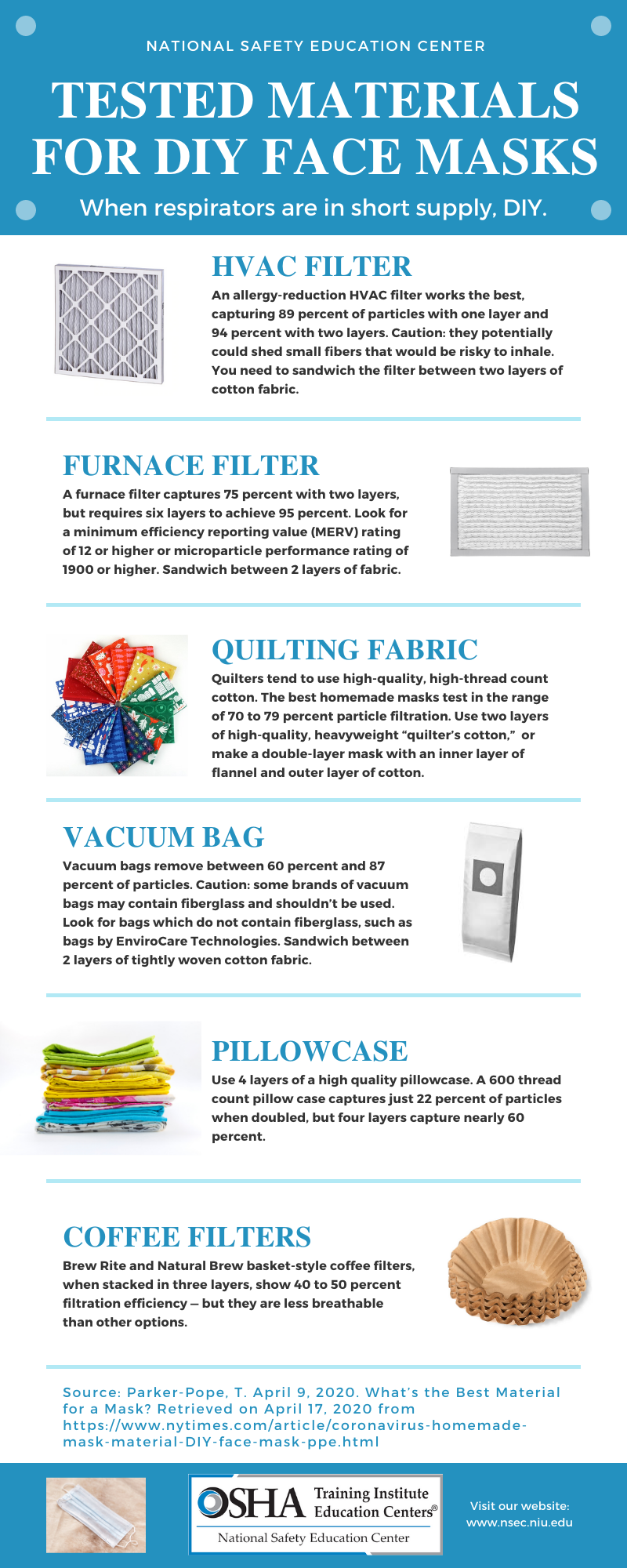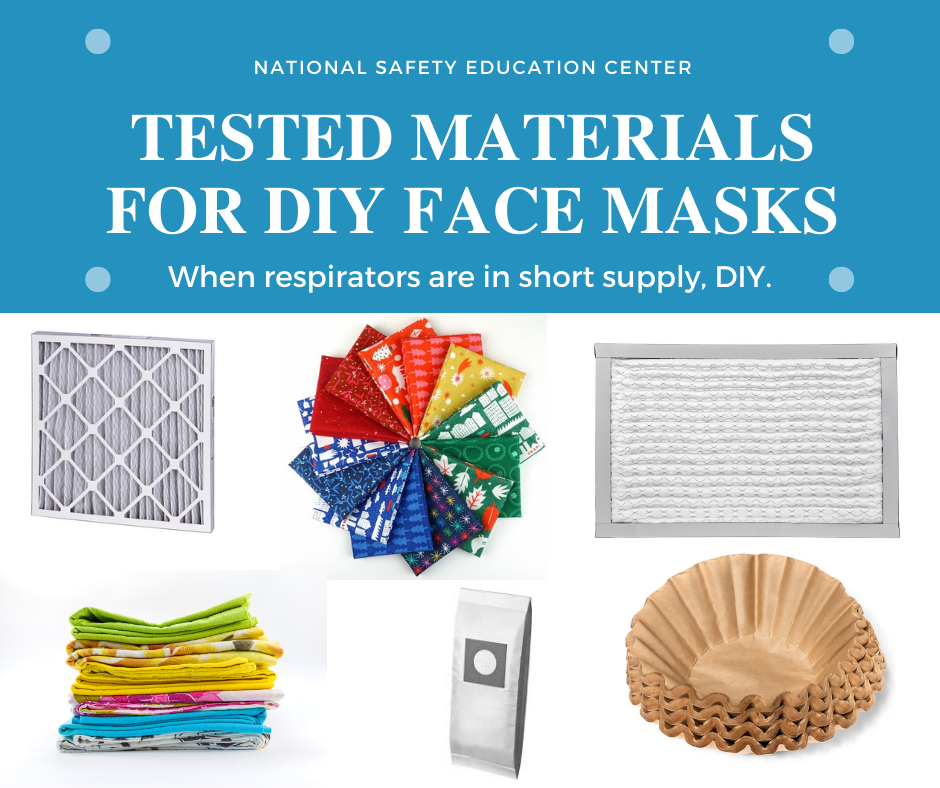
DIY face masks top the list of sewing projects for many people today, but why? Because of the COVID-19 virus pandemic, the CDC now wants everyone to wear face coverings in areas where they cannot practice social distancing. For example, people should wear masks at grocery stores and pharmacies.
In response, many people started making their own masks, but did they really work? Many different styles of masks showed up on the Internet. For example, people made masks out of socks, t-shirts, bandannas, and scarves. Were all masks equally good? No. Many homemade masks let droplets in through small holes in the fabric, and some were too thick and made it hard to breathe. Some face coverings probably protected people better than others, but how could anyone tell which kind was best? Clearly people needed help understanding which materials to use for face masks.
To help make the masks better, scientists tested different materials for DIY face masks. The tests showed which materials did the best at stopping SARS-CoV-2. The New York Times shared these results in their article “What’s the Best Material for a Mask?” and The National Safety Education Center referenced the article to create this infographic. Each tested material stopped at least 40-50% of particles from getting through. The best one, the HVAC filter, caught 94% of particles. This shows that do-it-yourself masks can work very well if people use good materials to make them.
For more information about how to make and use do-it-yourself cloth face masks, read this article from the New York Times, “A User’s Guide to Face Masks.”
Learn more about how to stay safe during the pandemic with tips on NSEC’s coronavirus resources page. Stay safe out there!
Have you created a great DIY face mask? Tell us about it in the comments.

